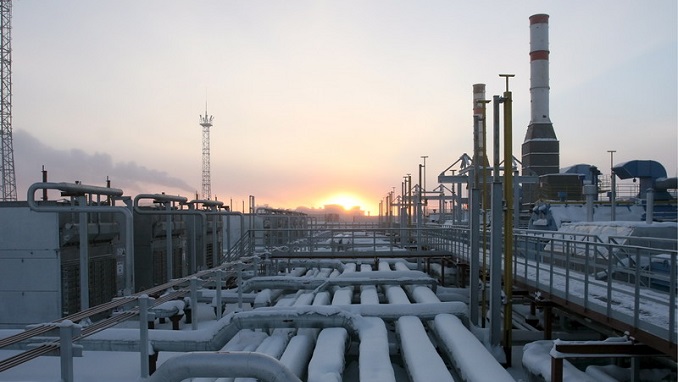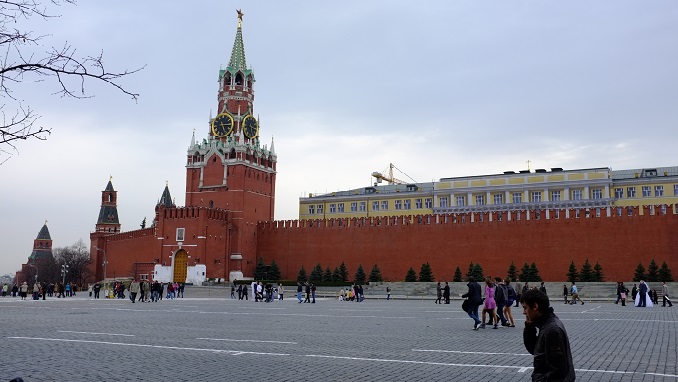The EU is aggressively looking for alternative gas supplies to assure long-term supply security in the midst of the energy crisis that started when the Russia-Ukraine War broke out, drawing attention to the Southern Gas Corridor, Anadolu Agency reports.
The EU’s energy shortage was made worse by the suspension of Russian energy supply via the Nord Stream 1 and now-defunct Nord Stream 2 natural gas pipelines as a result of EU sanctions placed on Russia.
Among the most likely possibilities for European countries to expedite the importation of liquefied natural gas (LNG) to satisfy their urgent natural gas demands is to increase capacity via the Southern Gas Corridor, which transfers gas supplies from the Caspian Sea to European markets.
The Trans-Anatolian Natural Gas Pipeline (TANAP), regarded as the “backbone” of the Southern Gas Corridor and the entryway for Azerbaijani gas to Turkey and Europe, delivers 16 billion cubic meters (bcm) of gas every year, 6 bcm of which is offset for Turkey and 10 bcm for Europe.
The Trans Adriatic Pipeline (TAP) and the ANAP are connected by a 1,811-kilometer route that starts at the Georgian-Turkish border, passes through 20 provinces, and ends at the Greek border.
The pipeline’s capacity is now being expanded to reach its maximum level; the pipeline was initially intended to transport 32 bcm.
Considering that Europe currently imports 155 bcm of natural gas from Russia each year, capacity development would be essential for supply security. However, further sources and reserves would be needed if the Southern Gas Corridor were to carry more gas.
According to John Roberts of the UK-based research platform Methinks, who specializes in energy security, Azerbaijan is a viable contender to assist with boosting supplies through the Corridor.
Nevertheless, Baku would have to make further investments and enhance its pipeline network and fields to dramatically increase output if potential markets were to use Azerbaijan’s over 1.3 trillion cubic meters of known natural gas reserves.



